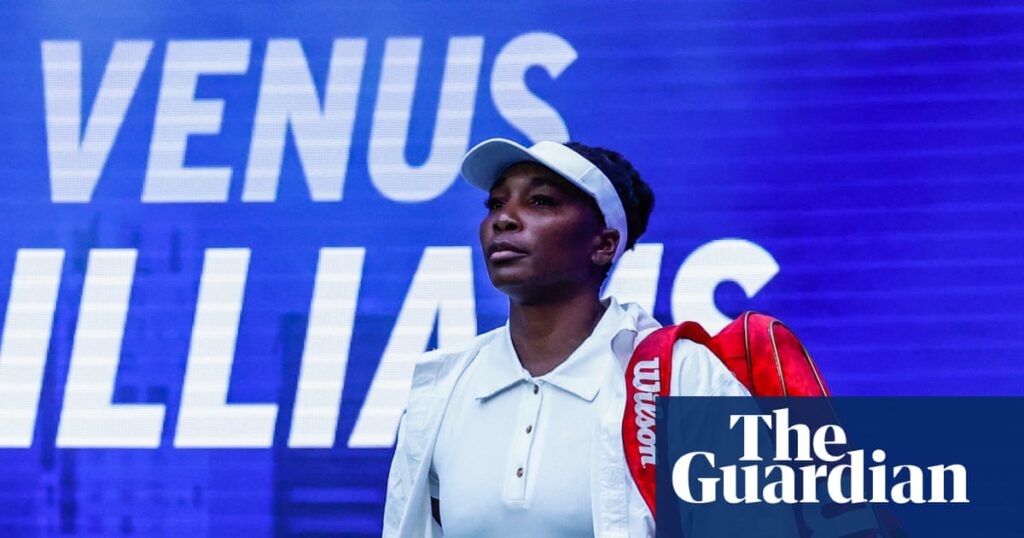
At this year’s US Open, 45-year-old tennis legend Venus Williams took to the court in a doubles match alongside a partner who wasn’t even born when Williams claimed Olympic gold in Sydney. This remarkable feat underscores a growing trend among elite athletes extending their careers well into their 40s, challenging conventional wisdom about peak performance ages.
Traditionally, the prime years for a tennis player are considered to be in their mid-20s. Yet, Williams’ continued presence at major tournaments exemplifies a broader phenomenon. Basketball icon LeBron James recently became the first NBA player to span a career from his teens into his 40s. Similarly, Australian basketballer Lauren Jackson competed in her fifth Olympics at age 43, and Uzbek gymnast Oksana Chusovitina aims for her ninth Olympics at 50. Meanwhile, Japan’s Kazuyoshi Miura continues to play professional football at 58.
Breaking the Age Barrier in Sports
These athletes defy the typical decline associated with aging, such as reduced muscle mass, slower reaction times, and decreased stamina. They perform under immense physical demands, pushing the boundaries of what was once deemed possible or safe. So, what enables them to maintain such high levels of performance?
According to Associate Professor Christina Ekegren, a physiotherapist and researcher at Monash University, the longevity of these athletes is a combination of genetics, environment, and lifestyle. “The Williams sisters, for example, have great genes and have maximized their potential through early and intense training,” Ekegren notes. Venus Williams, now the oldest competitor to play singles at the US Open, exemplifies this.
Adapting to Aging Bodies
Sports and exercise physiotherapist Ben Herde from Grand Slam Physiotherapy in Melbourne highlights the importance of smart approaches to healthy aging. “One of the normal processes of aging is sarcopenia, or the gradual loss of muscle mass,” he explains. However, strength training can counteract this decline, maintaining muscle mass and offsetting stress on the body.
Herde emphasizes the “use it or lose it” principle, noting that older athletes maintain their prowess by staying active and adapting to their changing bodies. They may choose competitions more selectively or shift positions to reduce physical demands. “In Australian rules football, for instance, players might transition from dynamic midfield roles to less demanding forward positions as they age,” he says.
The Role of Recovery and Risk Management
Despite their impressive capabilities, older athletes face an increased risk of injury, which takes longer to heal. Professor Jeremiah Peiffer from Murdoch University stresses the importance of recovery. “Longevity in sports is often due to the ability to dedicate time to recovery,” Peiffer explains. For example, Cristiano Ronaldo, still active at 40, attributes his sustained performance to scheduled recovery sessions.
“A lot of this longevity within sport is because people are able to give the time necessary to recovery,” Peiffer says. “The more time you can give to recovery, the more likely your body’s going to adapt appropriately.”
However, prolonged high-volume training carries its own risks, such as irregular heart rhythms and musculoskeletal conditions like osteoarthritis, particularly in athletes with past injuries.
Inspiring a New Perspective on Aging
Despite these challenges, Ekegren believes that older athletes inspire others to maintain physical activity as they age. “We have this stigma in society that we can’t achieve to the same extent as we get older,” she says. “But I think that’s really untrue, and it really all comes down to how much you’re doing in your daily life.”
The achievements of athletes like Venus Williams, LeBron James, and Cristiano Ronaldo challenge societal perceptions of aging and athletic performance. Their stories encourage a reevaluation of what is possible, both on and off the field, as they continue to defy expectations and inspire future generations.






